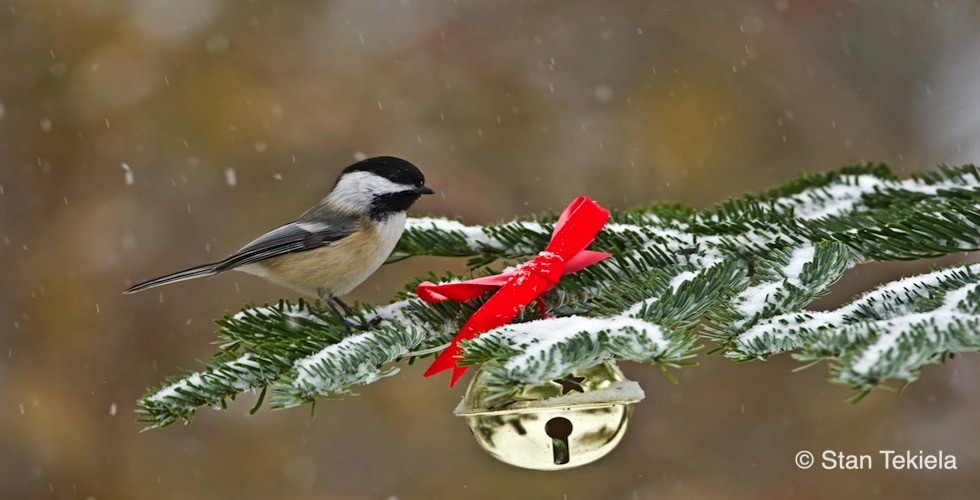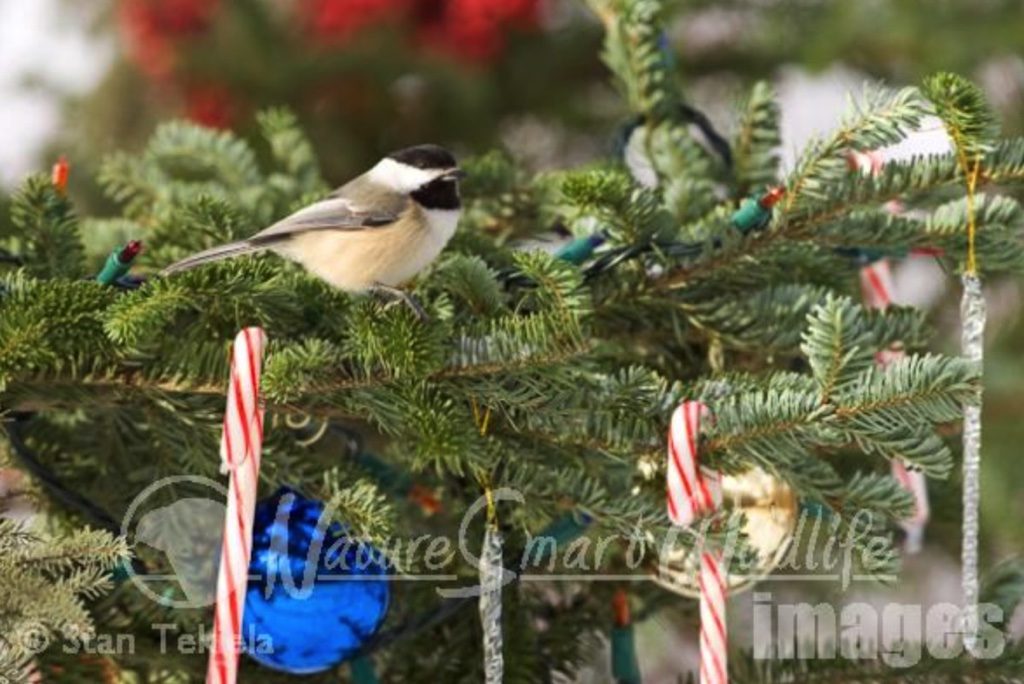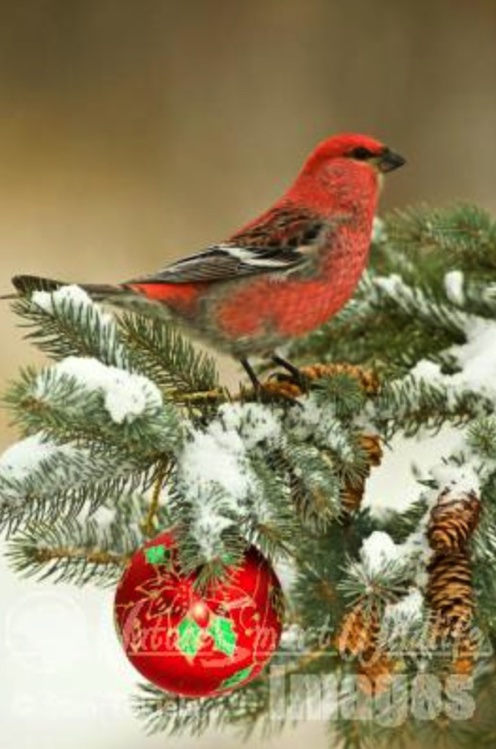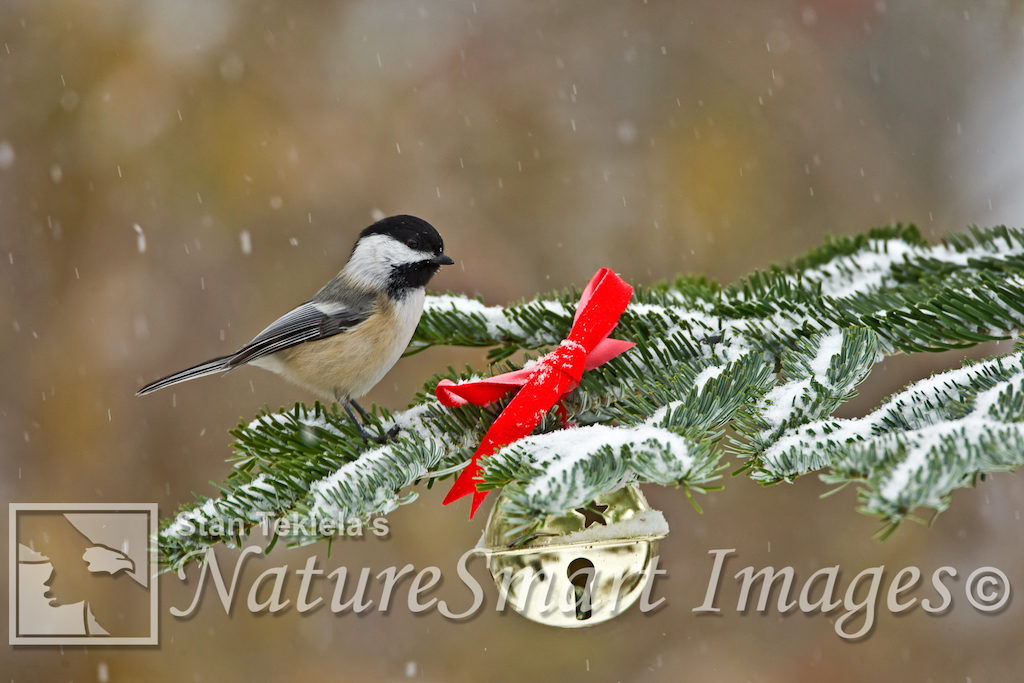
The Christmas Tree Debate
The great Christmas tree debate continues, and Stan Tekiela discusses the question, fresh or artificial?
Unfortunately, this year it doesn’t matter if you choose fresh or artificial. Either way, you are going to pay more than you did in the past. Data from the National and the American Christmas Tree Associations state the average price of an authentic Christmas tree is between $80 and $100. This reflects about a 10% increase that occurred in the last year, largely due to inflation and drought. [Updated 11/22/23]

According to Balsam Brands, a high-end Christmas tree supplier, even artificial trees are up in price this year.
No doubt if you have purchased a fresh tree this year you may have some questions about which species of tree you bought. Here are a few tips to help you identify your green beauty. First, look at the leaves. That’s right the leaves! Evergreen needles are a type of leaf. Like all trees, the leaves (needles) of evergreens are different on each species of tree. First, count how many needles are growing in each group, called a bundle. The base of each bundle is wrapped in a brown papery sheath. A bundle can have one to five needles growing together.

Beyond the Christmas tree debate: How to recognize your purchase
If your tree has two or more needles growing from a single bundle than you have one of the true “pine” trees. One of the more popular “pine” Christmas trees is the Scotch Pine. It has two long needles bundled together. Each needle is slightly twisted along its length which gives the tree a fuller look. Also, very popular is the White Pine. It has bundles of five needles. Each needle is several inches long and very straight. When you run your hands over the needles of a White Pine, it feels very soft.
If your tree has only one needle per bundle you have one of the fir or spruce trees. It is easy to distinguish between these two types of evergreens. Try shaking hands with your tree. If the needles are very sharp you probably have a spruce tree. Another way to check is to pull off a single needle and roll it between your fingers. Spruce trees have square, or four-sided needles. If you are having troubles feeling the edges than cut the needle in half so you can see it in cross section. A handy way to remember how to identify a spruce tree is; Spruce have Square needles, both start with “S”.

Picture taken in Eden Prairie, Minnesota
If your needles are flat, you have a fir tree. Shaking hands with a fir tree doesn’t result in a trip to the emergency room like the spruce tree. Fir trees have soft, flat, pliable needles. Pull one of these needles off and take a closer look. The needles are flat. A handy way to remember how to identify this tree is; Fir and Flat both start with “F”.
So, to recap, if you have a tree with two or more needles from a bundle you have one of the pines. Square needles are spruce and flat needles are fir. Happy Holidays!
If you enjoyed Stan Tekiela’s Christmas tree debate, consider one of his amazing nature books: Majestic Eagles, Wild Birds, or Backyard Birds: Welcomed Guests at our Gardens and Feeders.
You can follow Stan on Facebook and Twitter, or contact him via his web page. Stan’s nationally syndicated NatureSmart Column appears in more than 25 cities spanning 5 states (Minnesota, Wisconsin, Michigan, Illinois, and Pennsylvania) and is circulated to more than 750,000 readers.
You may also like Stan’s stories about the American Bison, the Greater Sage Grouse, and the amazing skills of Flying Squirrels.
Stay informed and sign up for our newsletter now!


